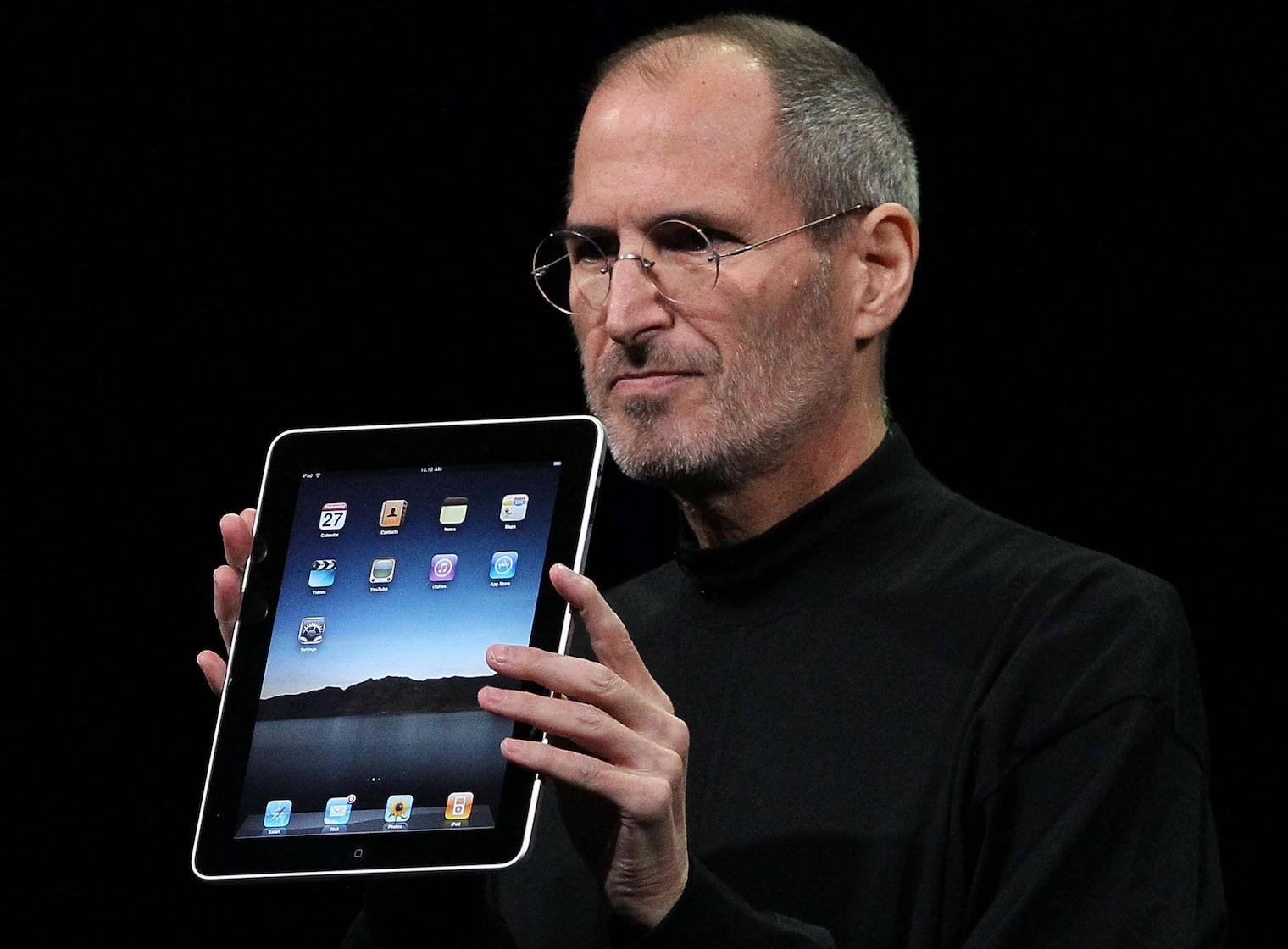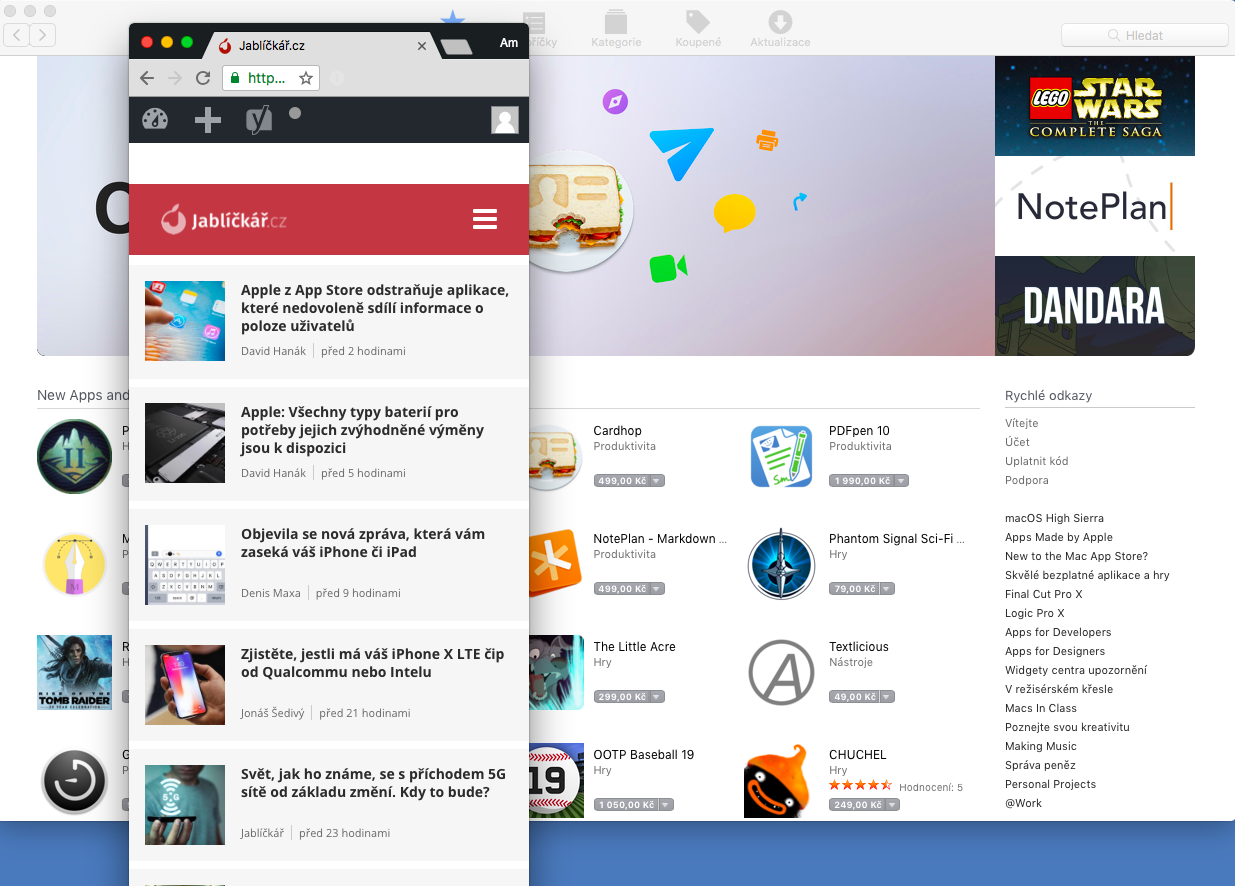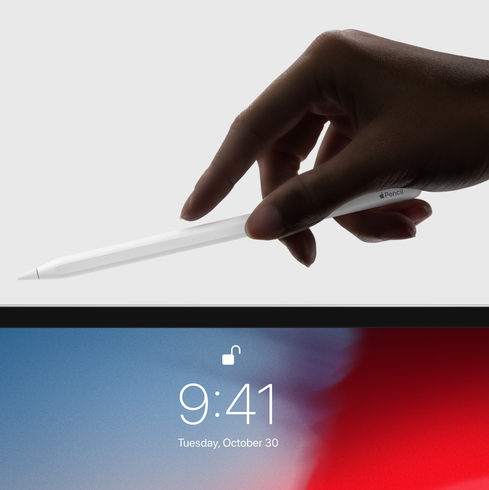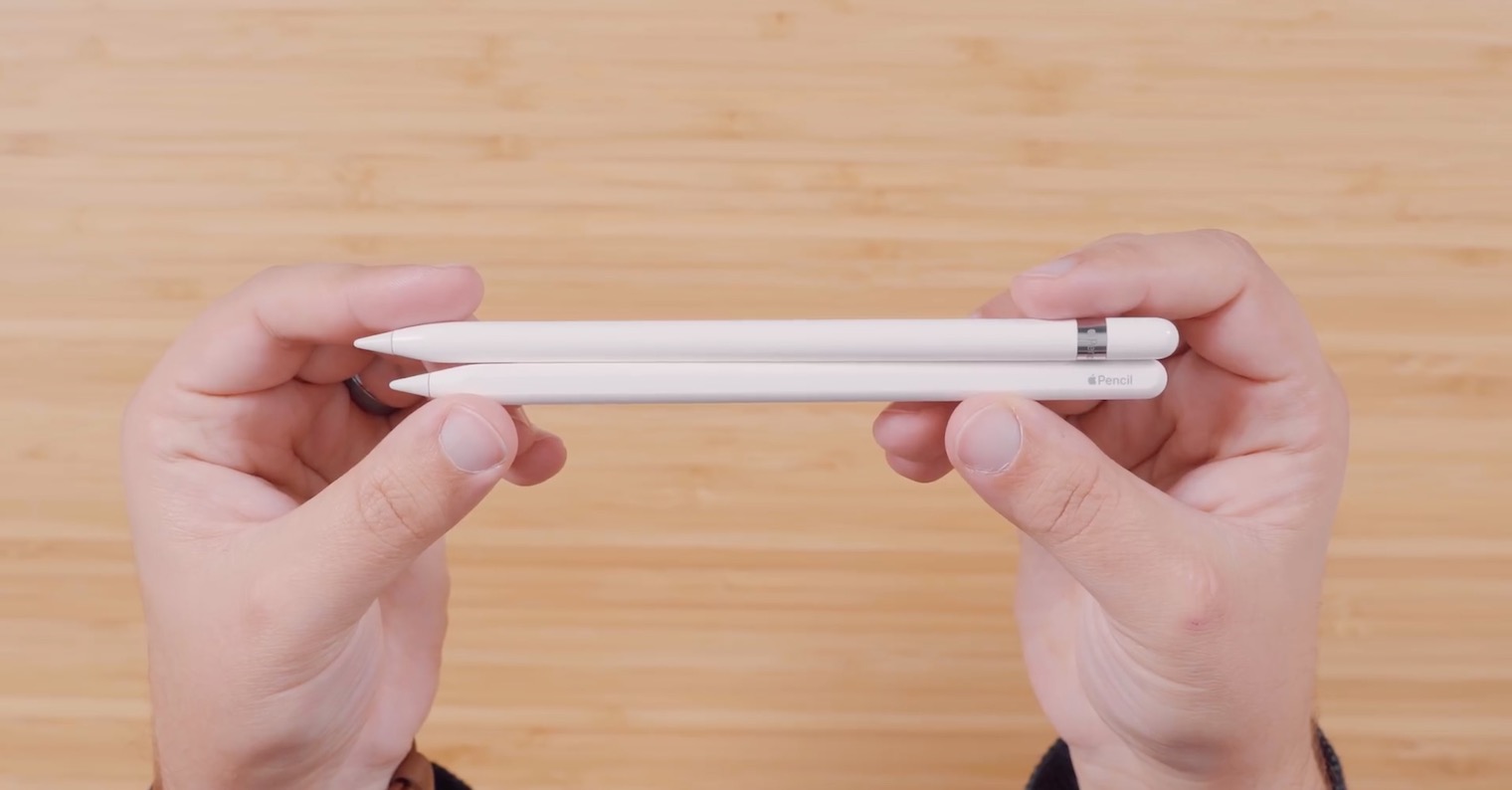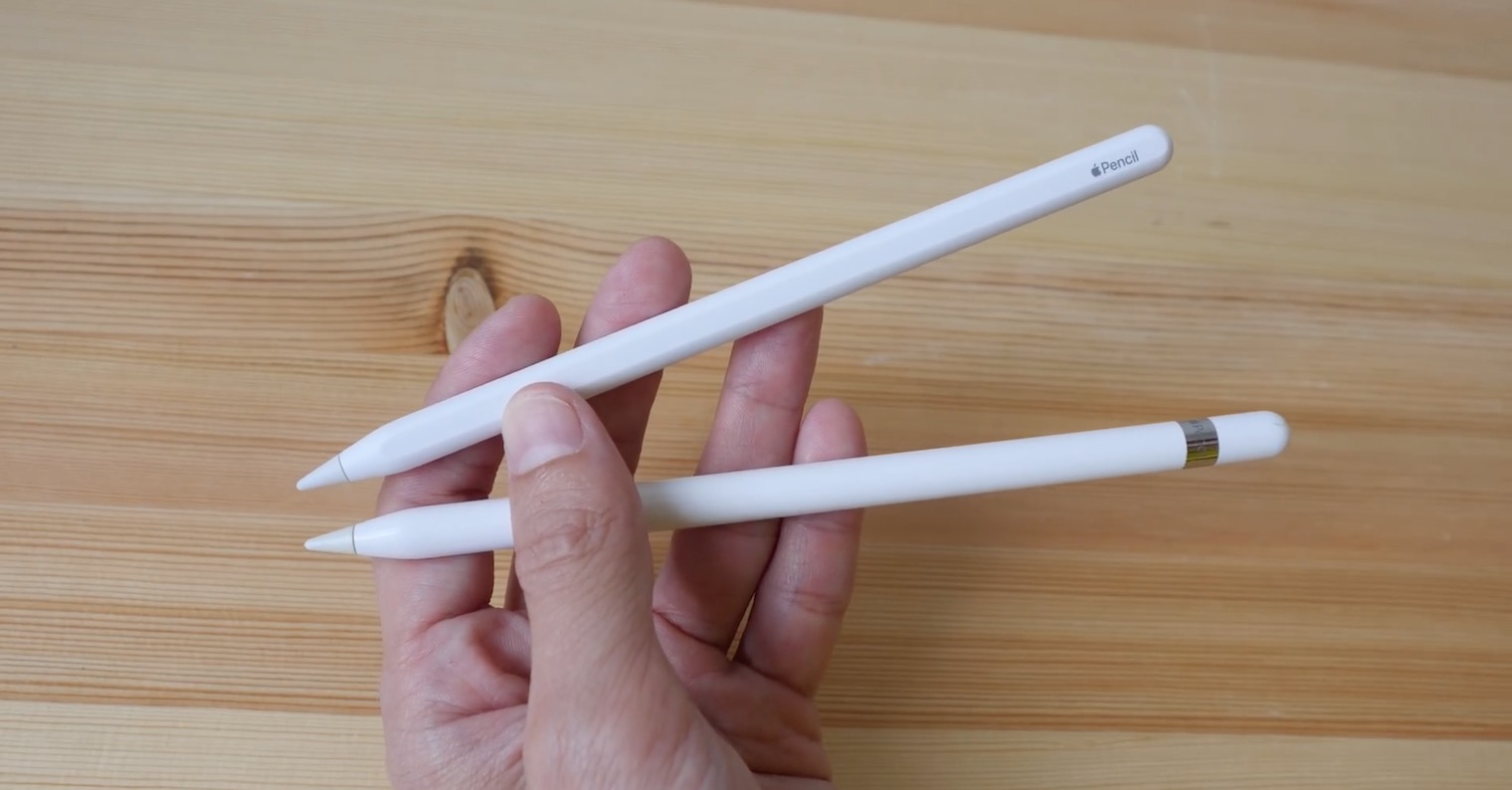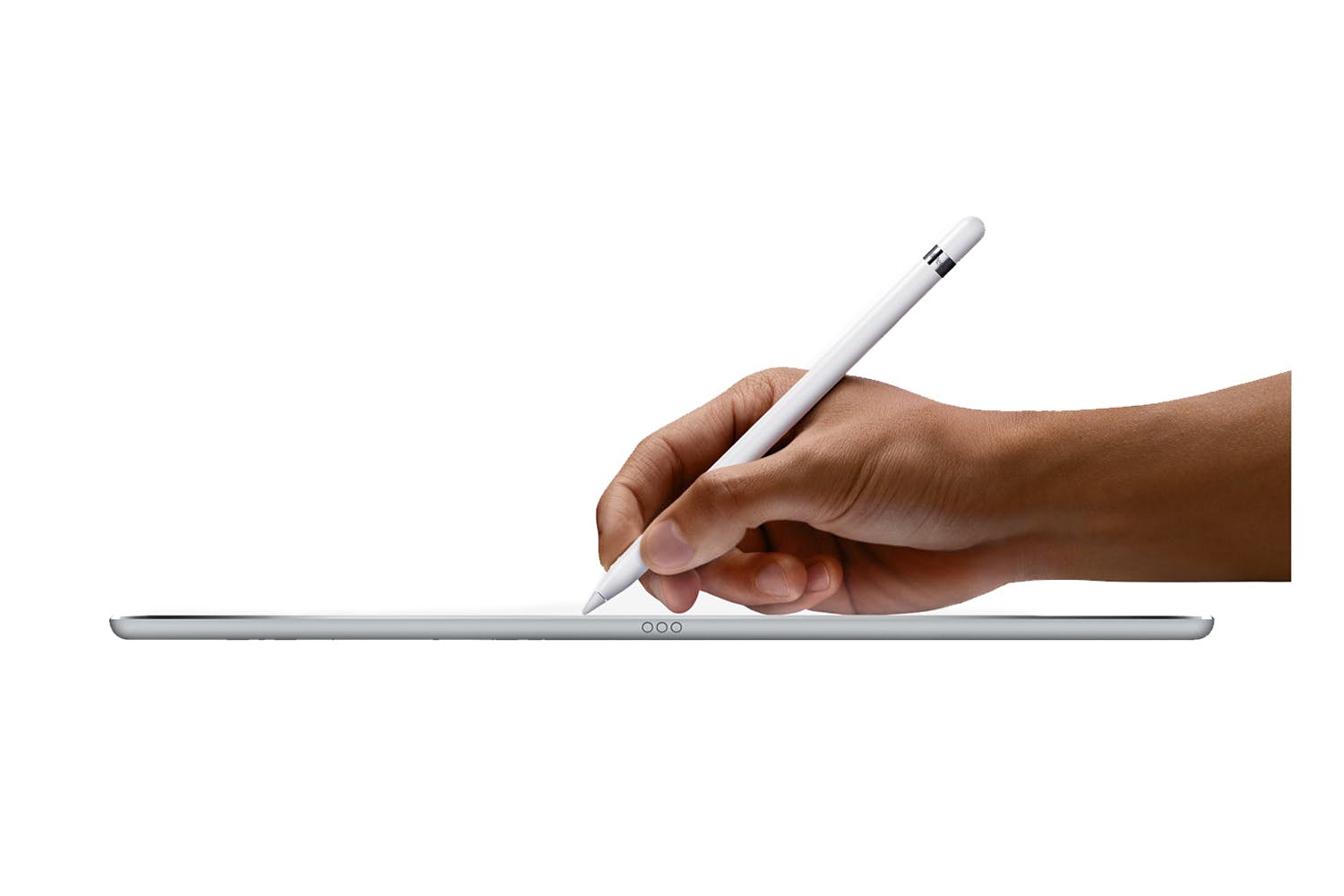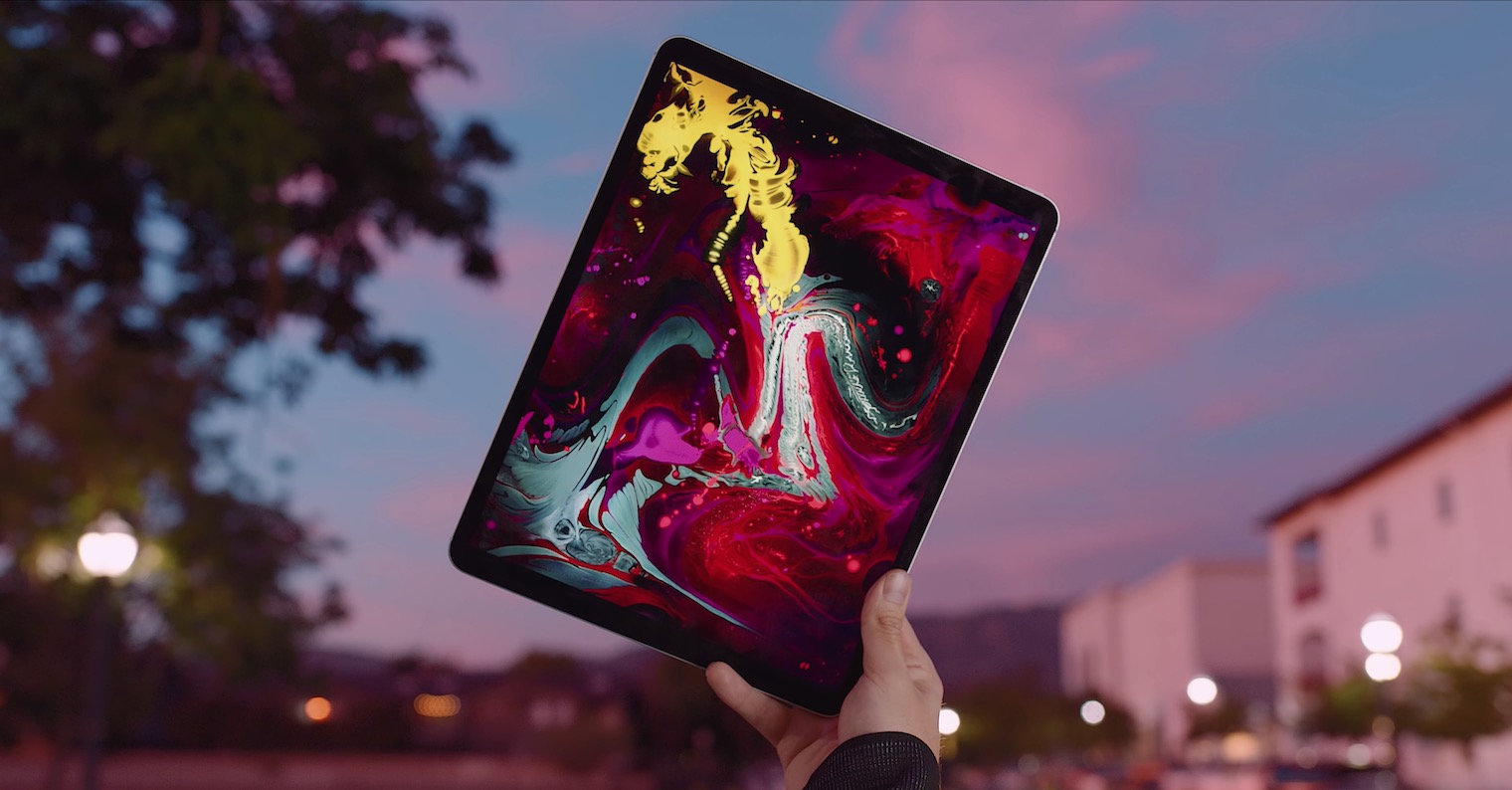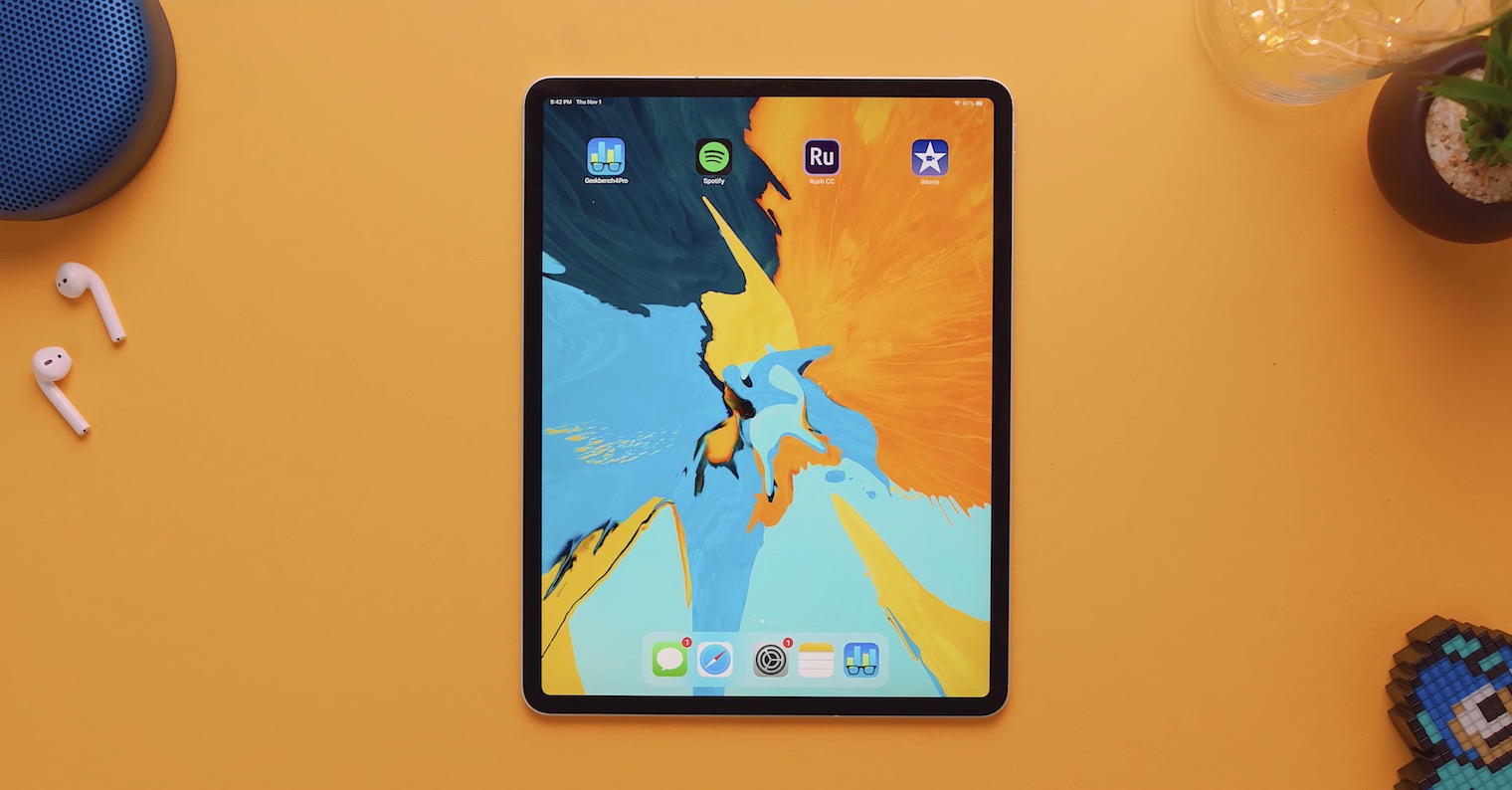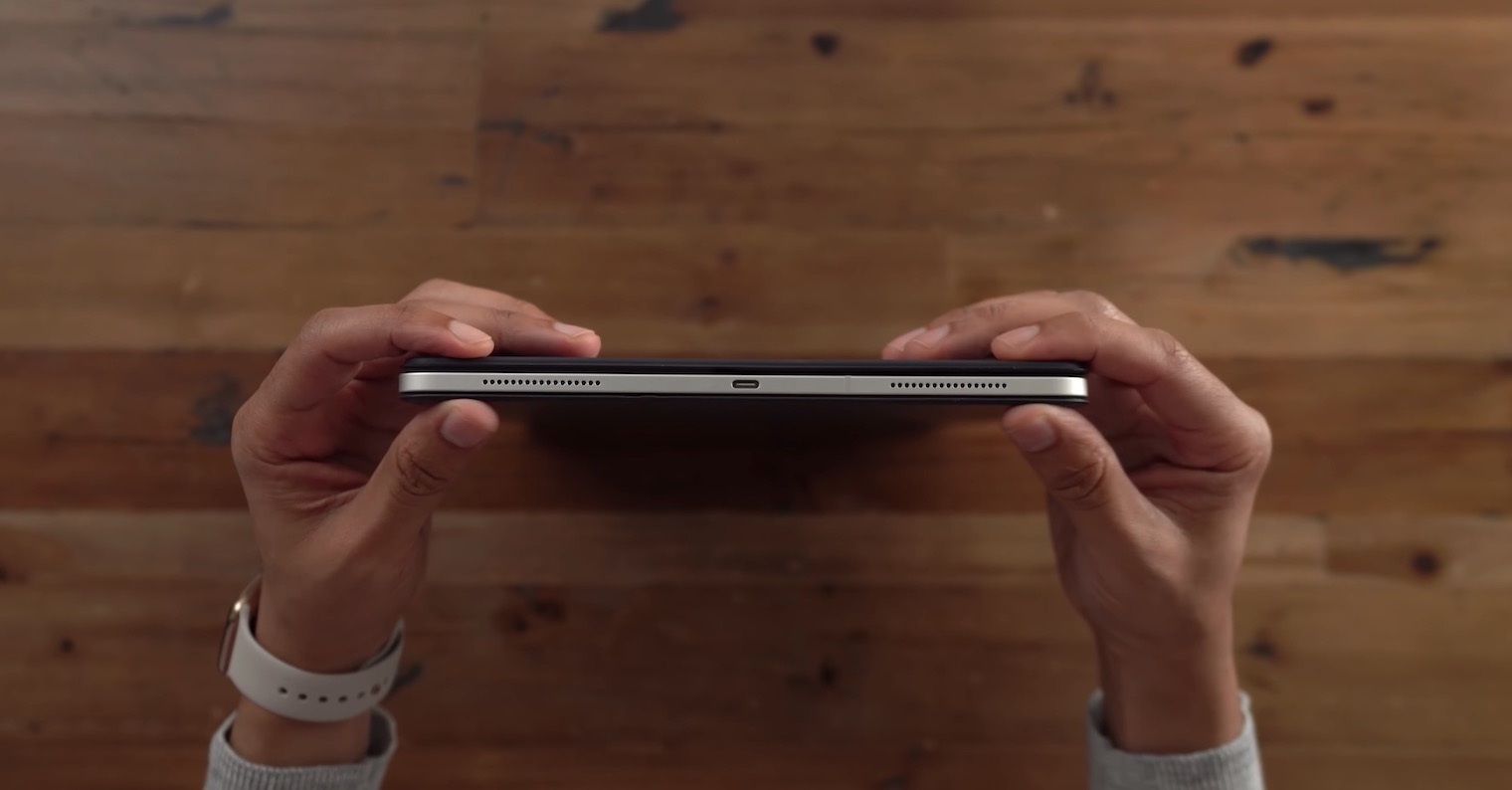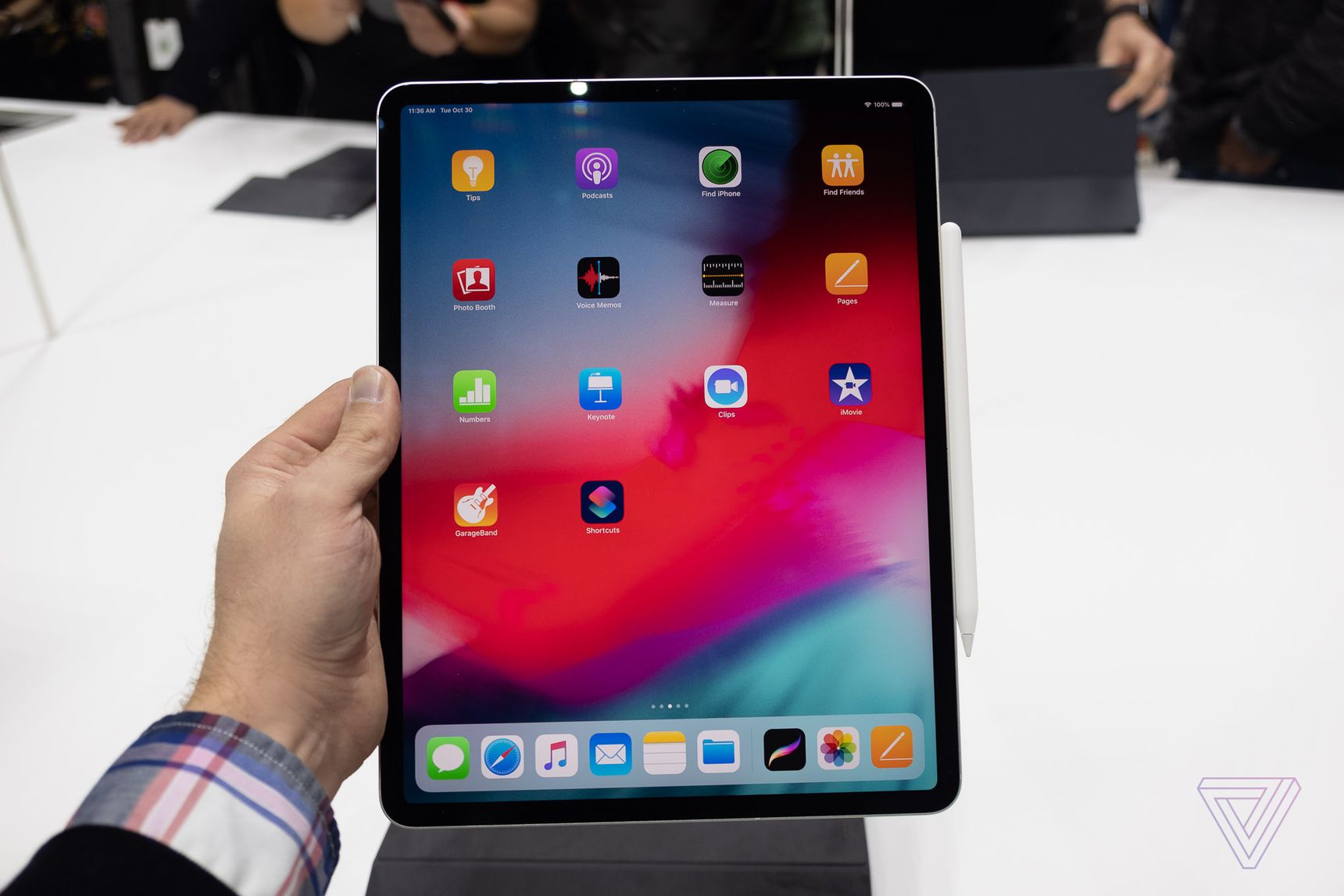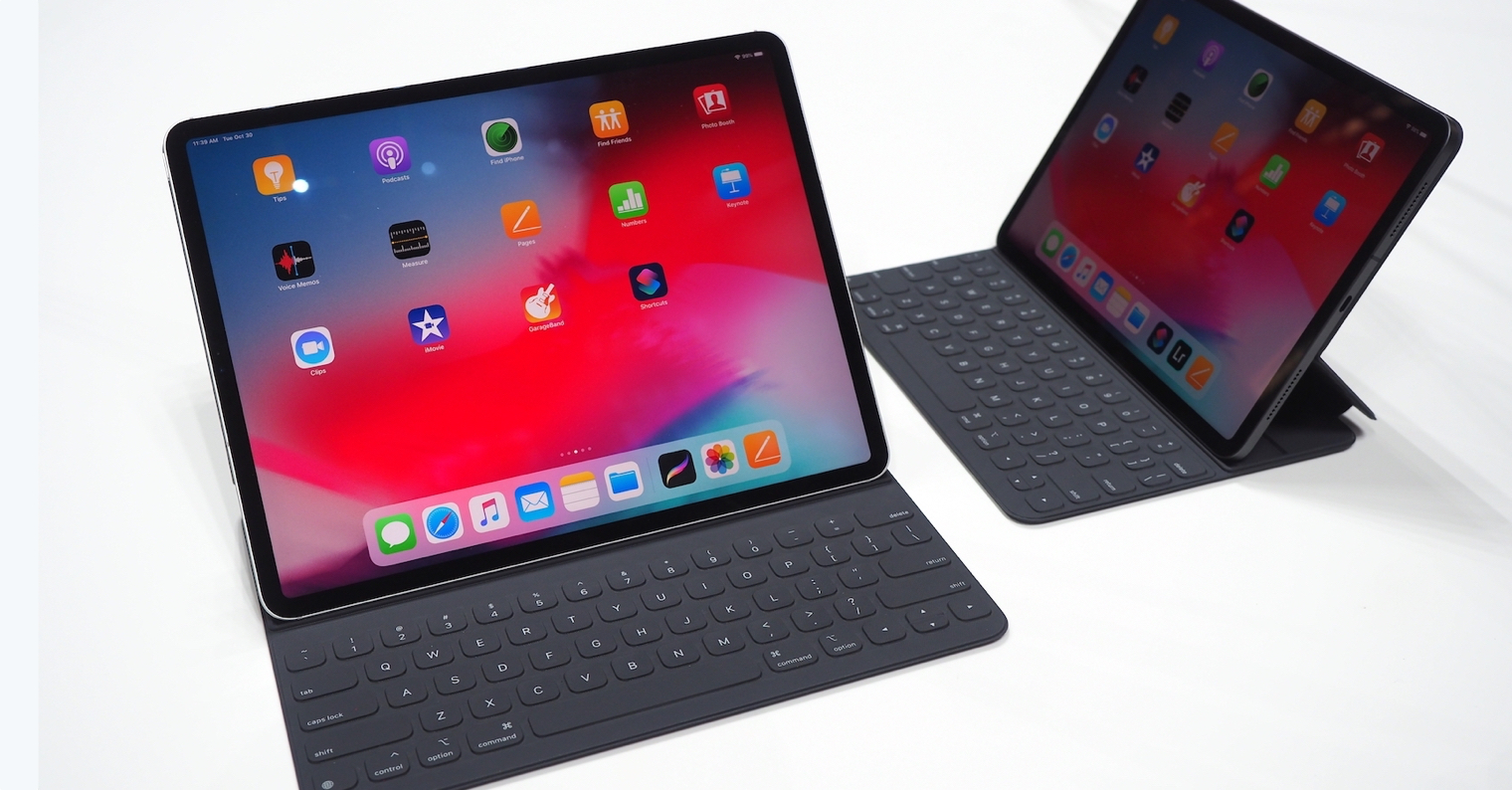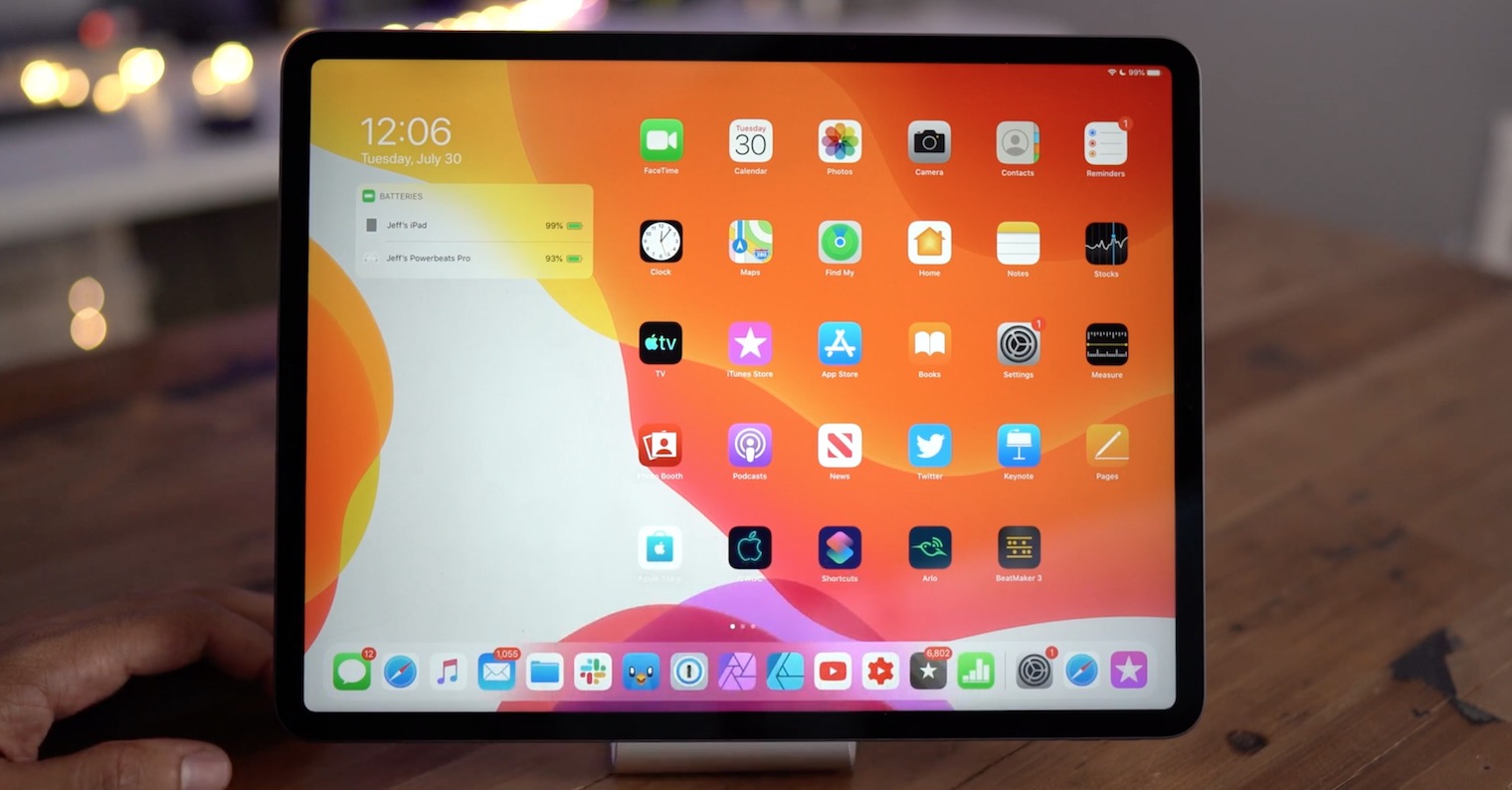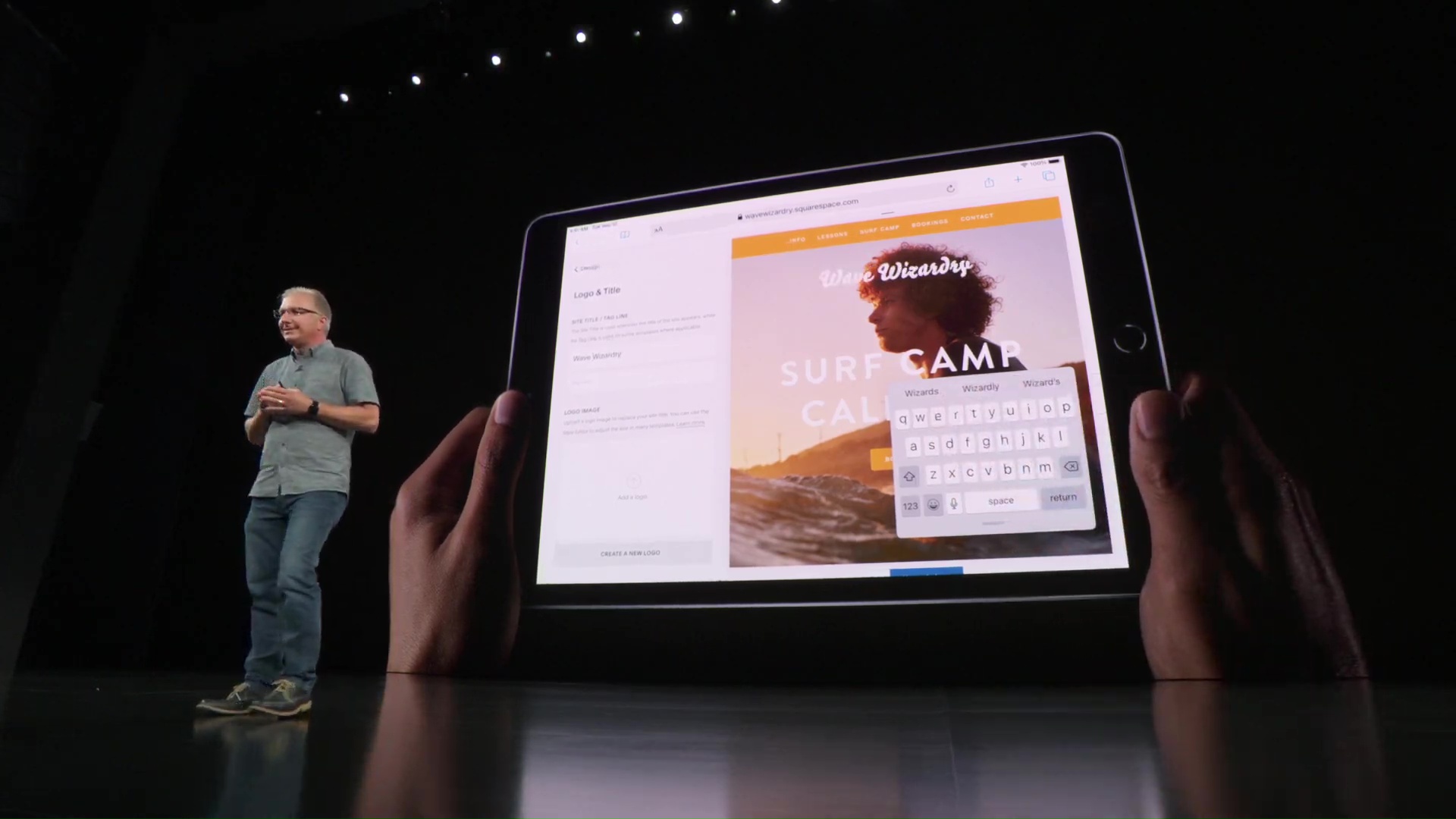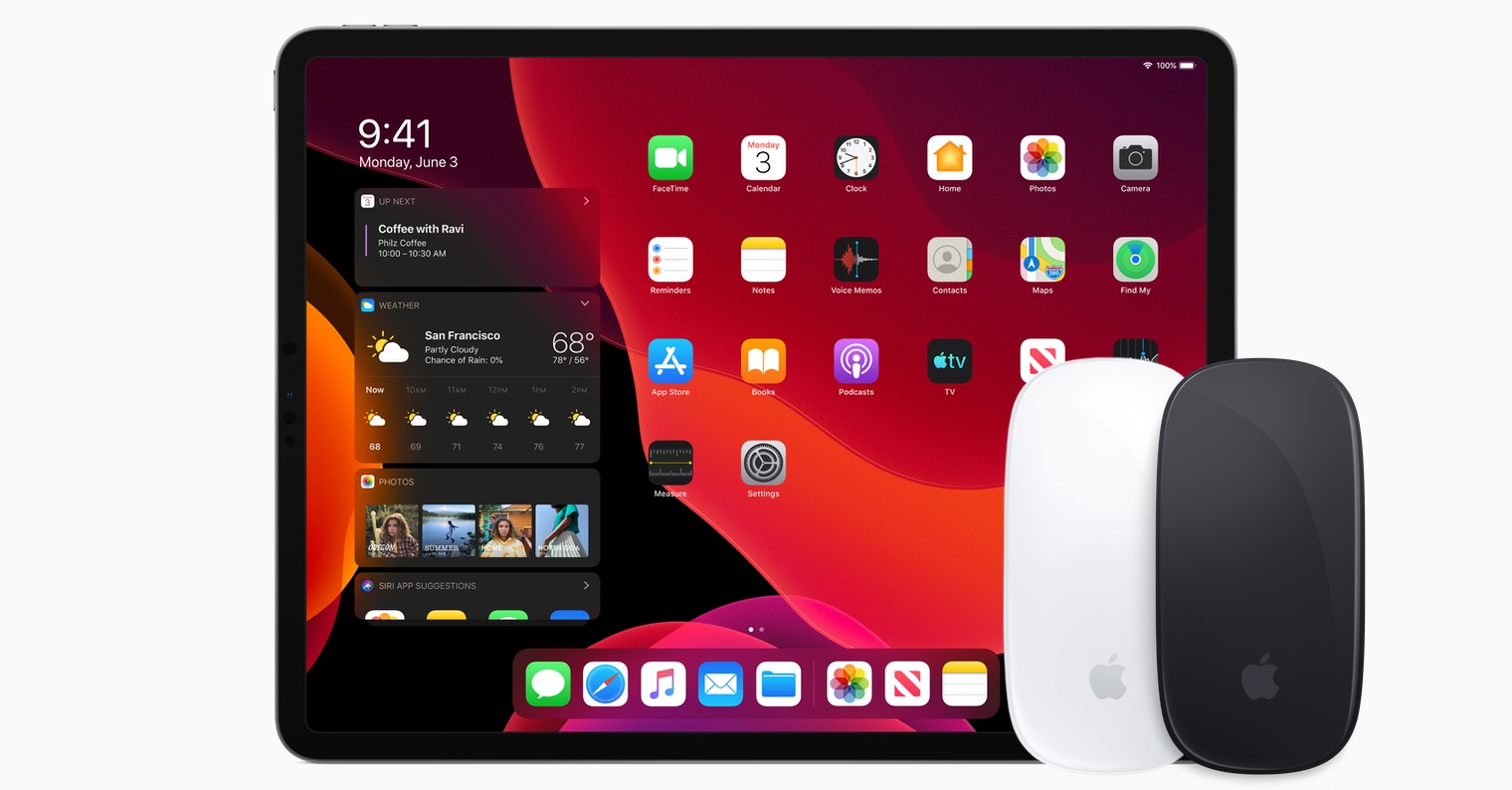The popular iPad from Apple celebrates ten years of its existence this year. During that time, it has come a long way and managed to transform itself from a device that many people didn't give much of a chance into one of the most successful products from Apple's workshop and at the same time a powerful tool for work as well as a device for entertainment or education. What are the five essential features of the iPad since the launch of its first version?
It could be interest you
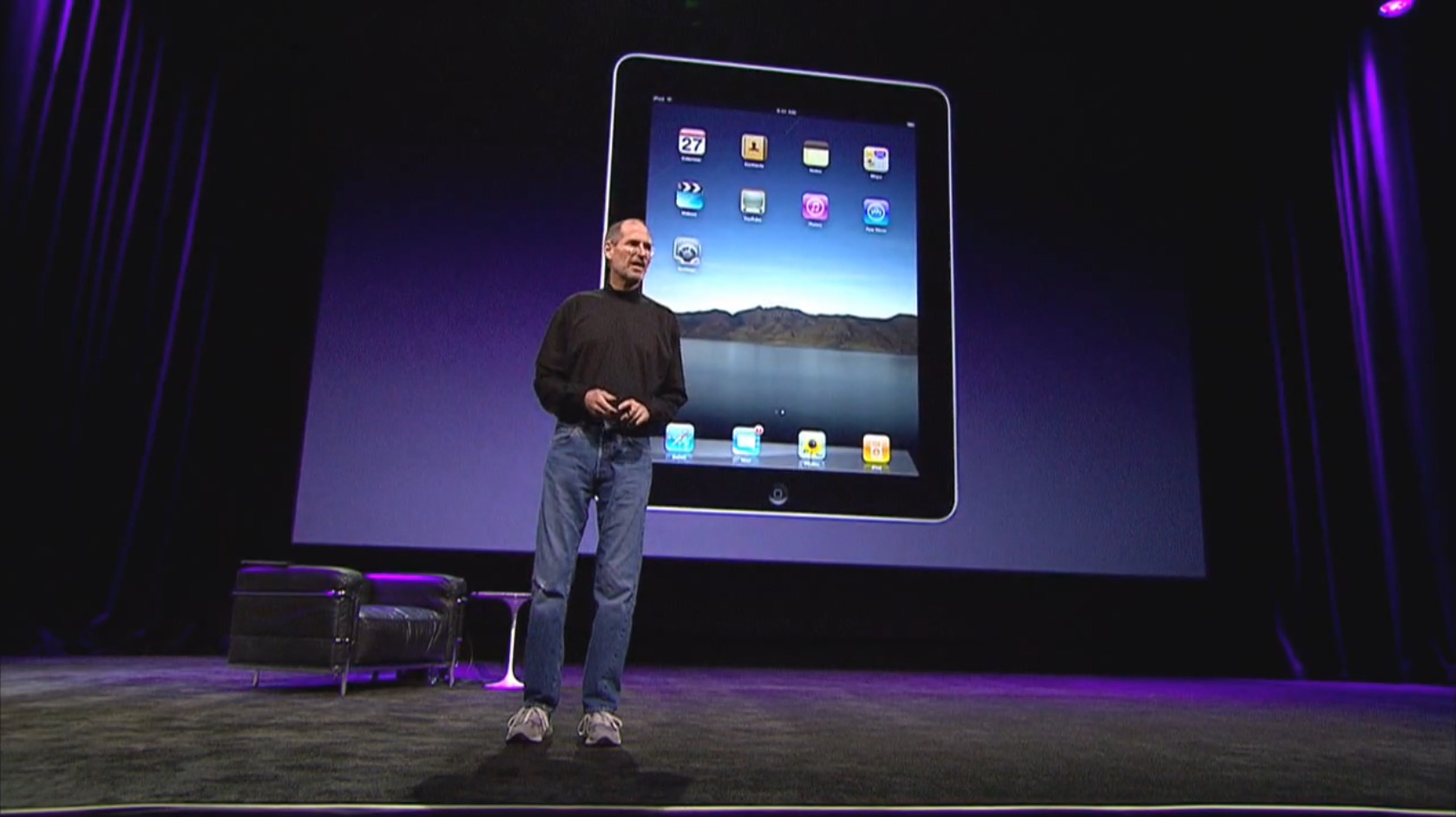
touch ID
Apple introduced the Touch ID function for the first time in 2013 with its iPhone 5S, which fundamentally changed not only the way mobile devices are unlocked, but also the way payments are made on the App Store and in individual applications and a number of other aspects of using mobile technology. A little later, the Touch ID function appeared on the iPad Air 2 and iPad mini 3. In 2017, the "ordinary" iPad also received a fingerprint sensor. The sensor, capable of taking a high-resolution image of small parts of the fingerprint from the subepidermal layers of the skin, was placed under the button, made of durable sapphire crystal. The button with the Touch ID function thus replaced the previous version of the circular Home Button with a square in its center. Touch ID can be used on the iPad not only to unlock it, but also to authenticate purchases in iTunes, the App Store and Apple Books, as well as to make payments with Apple Pay.
multitasking
As the iPad evolved, Apple began to strive to make it the most complete tool for work and creation. This included the gradual introduction of various functions for multitasking. Users have gradually gained the ability to use features such as SplitView for using two applications at once, watching video in picture-in-picture mode while using another application, advanced Drag & Drop capabilities and much more. In addition, the new iPads also offer more comfortable and efficient operation and typing with the help of gestures.
Apple Pencil
It could be interest you
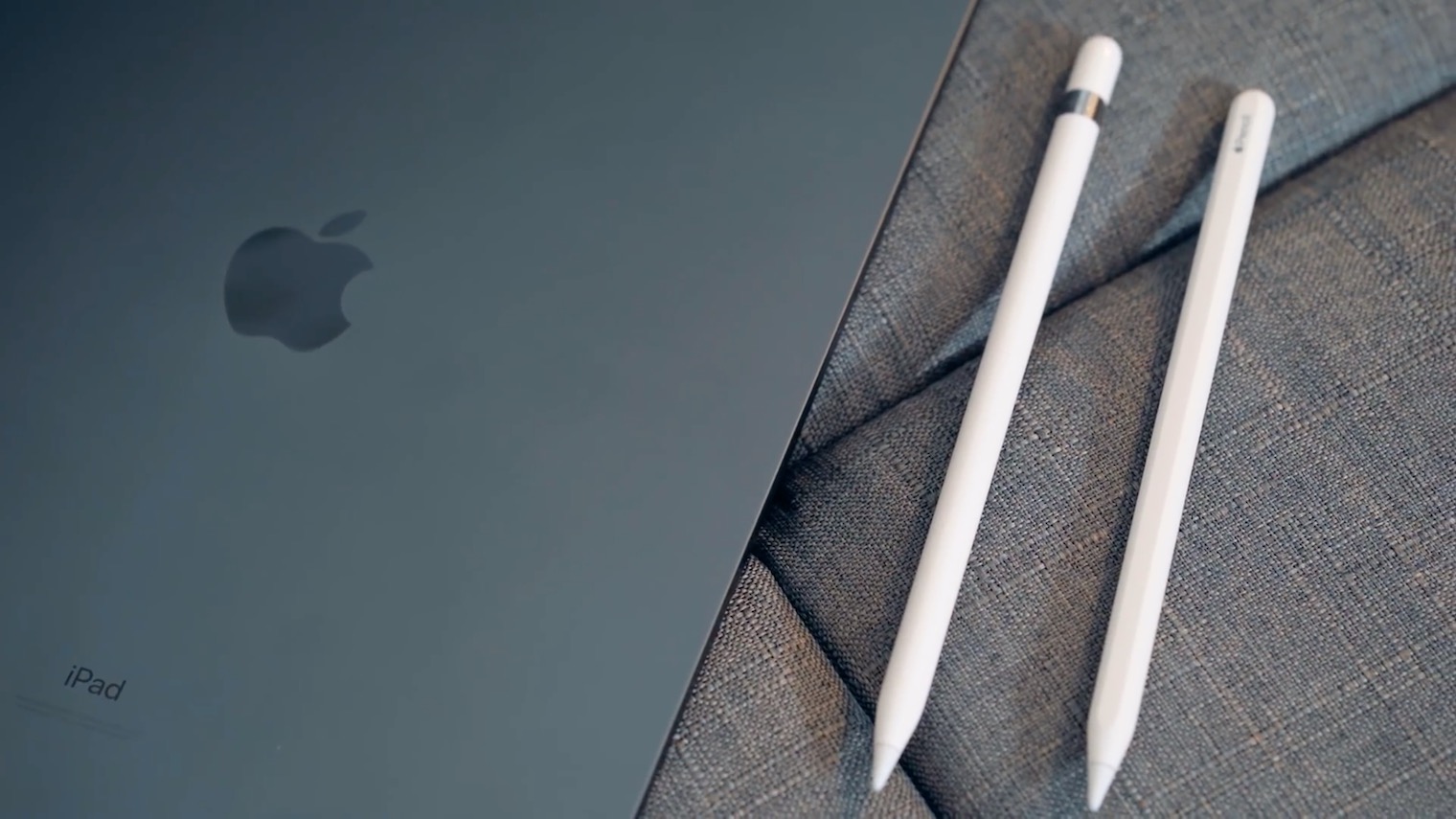
With the arrival of the iPad Pro in September 2015, Apple also introduced the Apple Pencil to the world. Initial derision and comments on Steve Jobs' famous question "Who needs a stylus" were soon replaced by rave reviews, especially from people who use the iPad for creative work. The wireless pencil initially worked only with the iPad Pro, and it was charged and paired via the Lightning connector on the bottom of the tablet. The first generation Apple Pencil featured pressure sensitivity and angle detection. The second generation, introduced in 2018, was compatible with the third generation iPad Pro. Apple got rid of the Lightning connector and equipped it with new features, such as tap sensitivity.
Face ID and iPad Pro without the iconic button
While the first generation of iPad Pro was still equipped with a Home Button, in 2018 Apple completely removed the button with the fingerprint sensor from its tablets. The new iPad Pros were thus equipped with a larger display and their security was ensured by the Face ID function, which Apple introduced for the first time with its iPhone X. Similar to the iPhone X, the iPad Pro also offered a wide range of gesture control options, which users quickly adopted and liked. The new iPad Pros could be unlocked through Face ID in both horizontal and vertical positions, which made it much easier for users to handle them.
iPadOS
It could be interest you
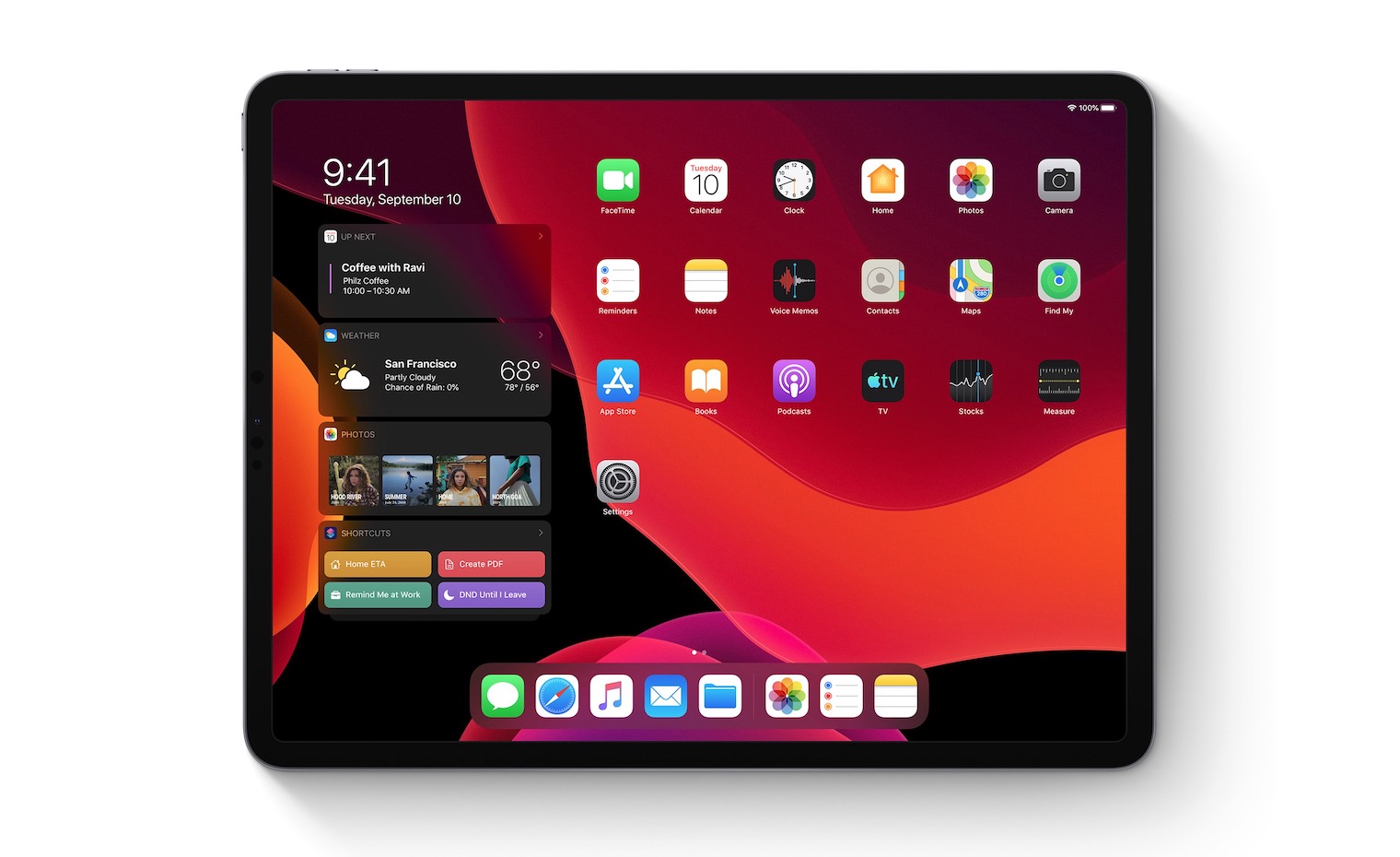
At last year's WWDC, Apple introduced the brand new iPadOS operating system. It is an OS that is intended exclusively for iPads, and which offered users a number of new options, starting with multitasking, through a redesigned desktop, to extended options for working with the Dock, a redesigned file system, or even support for external cards or USB flash drives. In addition, iPadOS offered the option of importing photos directly from the camera or using a Bluetooth mouse as part of the sharing. The Safari web browser has also been improved in iPadOS, bringing it closer to its desktop version known from macOS. The long-requested dark mode has also been added.
